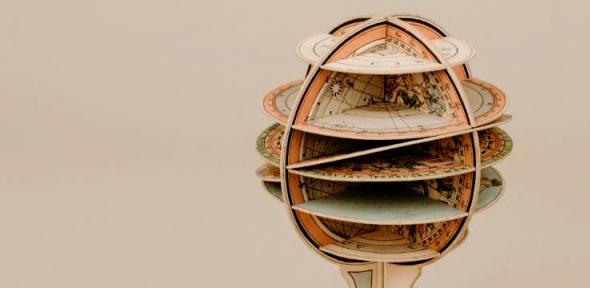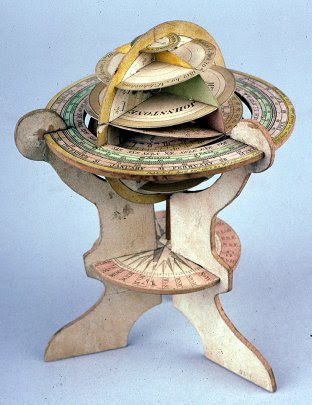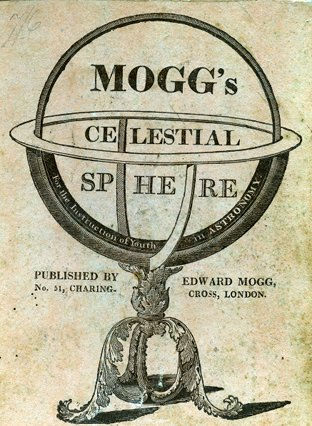Edward Mogg made a 'celestial sphere' in 1813 to liven up children's geography lessons. His sphere was made up of cardboard pieces, allowing children to learn through assembling them.

Form of the 'sphere'

Edward Mogg (worked 1805-1848) was a cartographer by trade but made a celestial sphere (above). It was similar to Mrs Johnstone's dissected terrestrial globe of 1812 (Image 1). Mrs Johnstone's and Mogg's 'spheres' were made of interlocking cardboard plates, rather than being 3-D globes, and both were accompanied by a booklet. Mogg's 12 cardboard plates and his printed booklet were sold together in a firm paper slipcase, with the image on the front of the slipcase challenging young users to assemble a globe from the pieces enclosed (Image 2). The sphere was priced at 10 shillings, about the same as educational books and miniature instruments of the period.
Learning by doing

Towards the end of the 18th century educational theorists increasingly insisted that children should be physically active while they learnt. Recommendations ranged from providing regular breaks to run around and exercise the whole body, to using novel educational devices that allowed children to use their hands while they used their minds. Mogg's celestial sphere was one such device. Since the pieces could not all be seen clearly while the plates were fitted together, learning from the globe required that children continually put together and took apart the sphere as they read through the book; playing with the pieces was crucial to the learning process.
A rounded education
Playing with Mogg's celestial sphere helped children to remember the numerical facts that they learnt from the accompanying booklet and others texts. Additionally, scales on the cardboard plates helped to familiarise young learners with the scales they would find on proper astronomical instruments such as globes and armillary spheres. When used in conjunction with the accompanying booklet, Mogg's sphere also helped children to learn how to make polite conversation about astronomy, a very fashionable topic in the period. Talking about the regular way in which the planets moved, or the possibility of there being many inhabited planets provided a way to appreciate "God's creation".
Katie Taylor
Katie Taylor, 'Learning with dissectable paper globe kits', Explore Whipple Collections, Whipple Museum of the History of Science, University of Cambridge, 2009.

